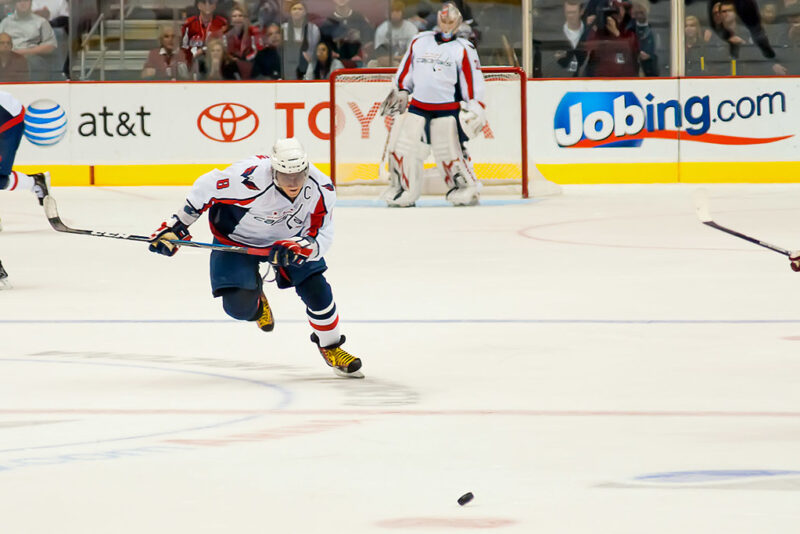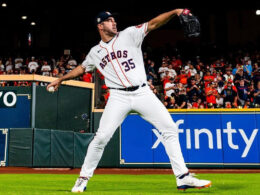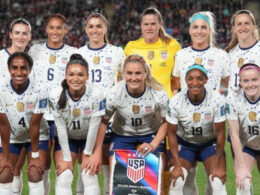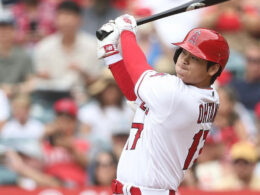The NHL sees a significant boost in TV viewership once it gets to playoff time, and it can be one of the most intense sports you can watch. While you’re flipping over to postseason hockey, you might see the puck slowly glide down the ice and once it gets near the wall at the other end of the rink, the referees blow the whistle. This is called icing, and we’ll dive into exactly what it means and why it was put in place.

In the NHL, icing is called when a hockey player shoots the puck from his own side of the center red line and after it reaches the opposing team’s goal line, the game is stopped after a player on the opposing team touches the puck aside from the goaltender. Then, a faceoff occurs in the icing offender’s defensive zone.
There are a few exceptions to this rule. If the puck is shot from behind the center red line, and it winds up in the goal, the goal stands and no icing is called. This can oftentimes happen toward the end of a game when the losing team pulls its goalie.
Another reason icing would not be called in this scenario would be during a power play when the short-handed team is trying to eliminate a penalty. The team with fewer players is allowed to ice the puck, while the team with the power-play advantage is not allowed to do the same.
The icing rule is in play to prevent teams from delaying the game. Teams could get up by a goal or two and simply fire the puck down the ice over and over again, wasting precious time on the game clock. The NHL and its fans want more of an action-packed game with plenty of shots on goal, so the icing rule is necessary to help ensure there is as much excitement as possible.
Next time you flip the game onto your TV or watch some of the NHL playoff action at the bar and the referee seems to stop the game for no apparent reason, eventually one of the less-informed patrons will ask what exactly that meant. At this point, you can inform the group and feel like the smartest person in the room because you are now an icing expert. If you are still confused, check out this explanation from Snoop Dogg.
Picture Credit: Google Creative Commons Licensing, Pixabay





